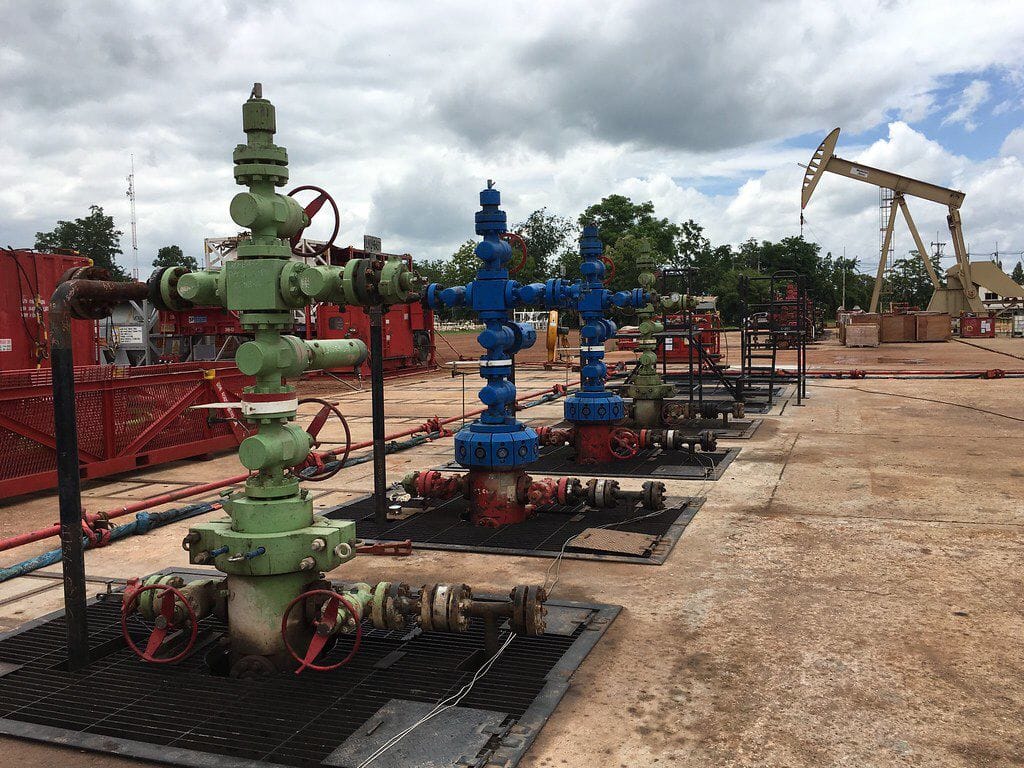Introduction to Oil Wells
Wells are vital structures in the industry, serving as the primary means of extracting crude oil from underground reservoirs. In this comprehensive guide, we unravel the mysteries of wells, exploring their anatomy, functions, and significance in global energy production.
Anatomy of an Oil Well

A well consists of several key components. These include the wellbore, casing, cementing, and production tubing. Together, these components work to safely and efficiently extract crude oil from reservoirs deep beneath the earth’s surface.
The Process of Drilling
Drilling a well is a complex operation that involves several stages. These stages include site preparation, drilling, casing installation, and completion. Each stage requires specialized equipment and expertise to ensure the successful extraction of oil.
Types
Wells come in various types and configurations. Common types include vertical wells, directional wells, and horizontal wells. Each is designed for specific applications and environments, depending on factors such as geological formations and extraction methods.
Functions
The primary function of a well is to extract crude oil from underground reservoirs. Additionally, wells may serve as injection wells for enhanced oil recovery techniques or disposal wells for wastewater from oil and gas operations.
Importance in Energy Production
Wells play a crucial role in global energy production, providing a significant portion of the world’s crude oil supply. They are essential for meeting the growing demand for energy and fueling economic growth and development worldwide.
Environmental Considerations and Sustainability
While wells are essential for meeting energy needs, they also pose environmental challenges. These include air and water pollution, habitat destruction, and greenhouse gas emissions. Therefore, there is a growing focus on implementing sustainable practices and technologies to minimize the environmental impact of oil and gas extraction.
Safety and Regulatory Compliance
Safety is paramount in the operation, with strict regulations governing every aspect of drilling and production. Operators must adhere to stringent safety protocols to protect workers, communities, and the environment from potential hazards and accidents.
Innovations in Oil Well Technology
Advancements in technology are driving innovation in drilling and production techniques. From automated drilling rigs to advanced reservoir modeling software, these innovations are increasing efficiency, reliability, and environmental performance.
Challenges and Future Trends
Despite technological advancements, the oil and gas industry faces challenges such as fluctuating prices and geopolitical instability. The future will involve continued innovation, adaptation to changing market dynamics, and a greater emphasis on sustainability and environmental responsibility.
Conclusion: Navigating the World of Oil Wells
In conclusion, wells are essential structures in the industry, playing a critical role in global energy production. Understanding their anatomy, functions, and significance is crucial for anyone involved in the energy sector or interested in learning more about the world. As technology evolves and environmental concerns grow, the future of wells will be shaped by innovation, sustainability, and responsible resource management resources.
Learn more Successful Arctic module fabrication, steel structure, modular and skid, steelwork, supplier audit. And DNV Class, Oil & Gas, welding supervisor, welding quality inspection, CWI CSWIP welding inspector. Includes pump and pipe, stainless steel fabrication and CNAS ISO 17025 9712 NDT NDE practice-
https://www.jsc-safe.com/steel-structures-modules-machining/
